Romania Wine
Explore Romania Wine: Wine Regions & Grape Varieties
The primary native red grape variety is Feteasca Neagra, but there’s also a fair number of other varieties including Cabernet Sauvignon and Merlot grown in Romania. The local white varieties are Feteasca Alba and Feteasta Regala, but there are many international grape varieties including Chardonnay and Sauvignon Blanc.
Romanian Wines pair well with Romanian Food. Obviously, the red wines pair well with the meats and stews, and the white wines go well with the fish and seafood dishes. We have included some pairing recommendations below.
Over the last couple of years, we’ve spent quite a bit of time in Romania. To maximize our enjoyment, we conducted a fair amount of research about Romanian wine. We’ve compiled a summary of the information we collected so you can start enjoying these wines as soon as you arrive!
This website contains affiliate links that may earn us a small commission at no additional cost to you.
Wine Regions in Romania
Romania has seven distinct wine-growing regions, which are further divided into 37 sub-regions.
Transylvanian Plateau Region
The Transylvanian Plateau region (Podișul Transilvaniei) is located in central Romania. It is one of the main wine regions of Romania containing some of the country’s best vineyards. The sub-regions in the Transylvanian Plateau include:
-
- Târnave
- Alba
- Aiud
- Sebeș-Apold
- Lechința
Moldovan Hills Region
The Moldovan Hills also known as Hills of Moldova (Dealurile Moldovei) wine region is east of the Eastern Carpathians and spans hundreds of kilometers from the northern part of Moldova to the southern part of the province. The sub-regions in the Moldovan Hills include:
-
- Cotnari
- Iași
- Huși
- Zeletin
- Colinele Tutovei
- Dealul Bujorului
- Iveşti
- Nicoreşti
- Covurlui
- Panciu
- Odobești
- Cotești
Munteniei & Olteniei Hills Regions
The Munteniei & Olteniei Hills region (Dealurile Munteniei și Olteniei) wine region is situated in the southern Carpathians and comprises the two geographically and historically linked territories of the same name. The sub-regions in the Munteniei & Olteniei Hills include:
-
- Dealurile Buzăului
- Dealu Mare
- Ștefănești
- Sâmburești
- Drăgășani
- Dealurile Craiovei
- Podgoria Severinului
- Plaiurile Drâncei
Banat Hills Region
The Banat Hills region (Dealurile Banatului) is a picturesque region that is renowned for its lush forests, ancient castles, and vineyards. It is the smallest wine region in the southwest of the country, and shares borders with Serbia and Hungary. The climate in this region is typically Mediterranean with influences from the Adriatic Sea. The area is known for producing exceptional sweet wines, as well as a limited number of high-quality dry white wines, which the Tarnave region is particularly famous for. The main grape varieties grown in this region include Feteasca Regala, Feteasca Alba, Welsh Riesling, Muscat Ottonel, and Sauvignon Blanc. Recently, the region has also started producing quality sparkling wines by using traditional methods. The sub-regions in the Banat Hills include:
-
- Moldova Nouă
- Recaș
- Silagiu
- Teremia
- Tirol
Crișana Hills and the Maramureș Regions
The Crișana Hills region (Dealurile Crișanei) and the Maramureș region (Maramureșului) are located in the country’s northwest. The region is mostly known for producing grapes such as Cadarca and Mustoasa de Maderat. The sub-regions in the Crișana Hills and Maramureș regions include:
-
- Miniș-Măderat
- Diosig
- Șimleu Silvaniei
- Valea lui Mihai
Dobruja Hills Region
The Dobruja Hills aka Dobrogea Hills (Colinele Dobrogei) wine region is situated in the southeastern part of Romania. It is surrounded by the Danube River to the west and north, the Danube Delta, and the Black Sea to the east. The sub-regions in the Dobruja Hills include:
-
- Sarica-Niculițel
- Istria-Babadag
- Murfatlar
Danube Terraces Region
The Danube Terraces (Terasele Dunării) wine region extends along the lower banks of the Danube, towards the Bulgarian border. Due to its terrain, grape type, and winemaking methods, the region is one of the most diverse. The sub-regions in the Danube Terraces include:
-
- Greaca
- Ostrov
Grape Varieties in Romania
The most known Romanian wine grape variety for red wines is Fetească neagră, originating in the Uricani, Iași wine region. It produces ″dry, demi-dry, or sweet wines, with an alcohol content of 12-14%, a deep red color with ruby shades, and a black currant flavor, which becomes richer and smoother with aging.”
The most known Romanian wine grape varieties for white wines are Fetească albă, Crâmpoșie and Fetească regală. Feteasca albă and Fetească regală produce dry or semi-dry wines with rich floral aromas. They have a moderate alcohol content (11.5 to 12%) and moderate acidity. Crâmpoșia produces fresh and fruity wines with moderate alcohol content and pronounced acidity.
Among the Romanian aromatic wine grape varieties, the most appreciated and cultivated are Tămâioasă Românească and Busuioacă de Bohotin.
Red Grapes

Fetească Neagră
Fetească Neagră is undoubtedly one of the shining stars in the Romanian wine industry. With its origins rooted in the Uricani, Iași wine region, this red grape variety has garnered immense popularity both locally and internationally.
Known for its ability to produce a range of wines – from dry to demi-dry or even sweet – Fetească Neagră showcases a deep red color with captivating ruby shades. Its allure lies not only in its visual appeal but also its distinctive black currant flavor, which only becomes richer and smoother with aging.
Băbească Neagră
Băbească Neagră, another red grape variety found in Romania, may not be as well-known as Fetească Neagră, but it certainly holds its own when it comes to delivering exceptional wines. Originating from the Moldova region, Băbească Neagră has gained a loyal following among wine enthusiasts who appreciate its unique character and bold flavors.
This grape variety produces full-bodied wines with a rich, velvety texture. Its deep red color is accompanied by intense aromas of dark berries and spices, creating a sensory experience that captivates the senses. Băbească Neagră wines are known for their complexity and depth, often showcasing notes of black cherry, plum, and pepper.
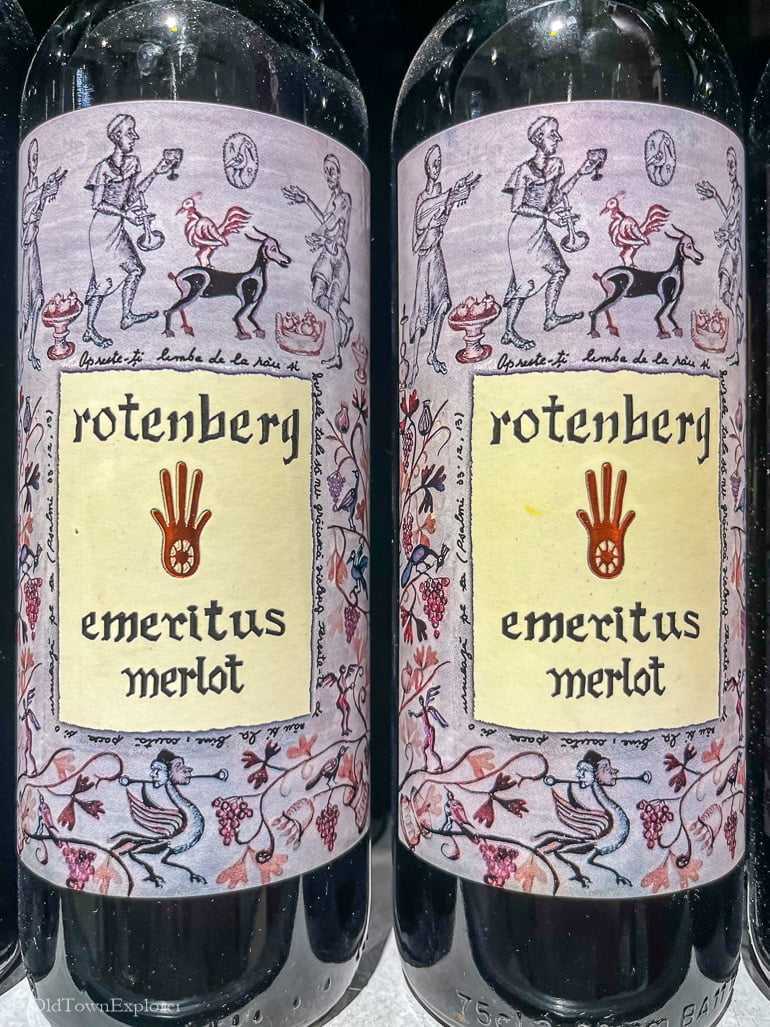
Merlot

Cabernet Sauvignon
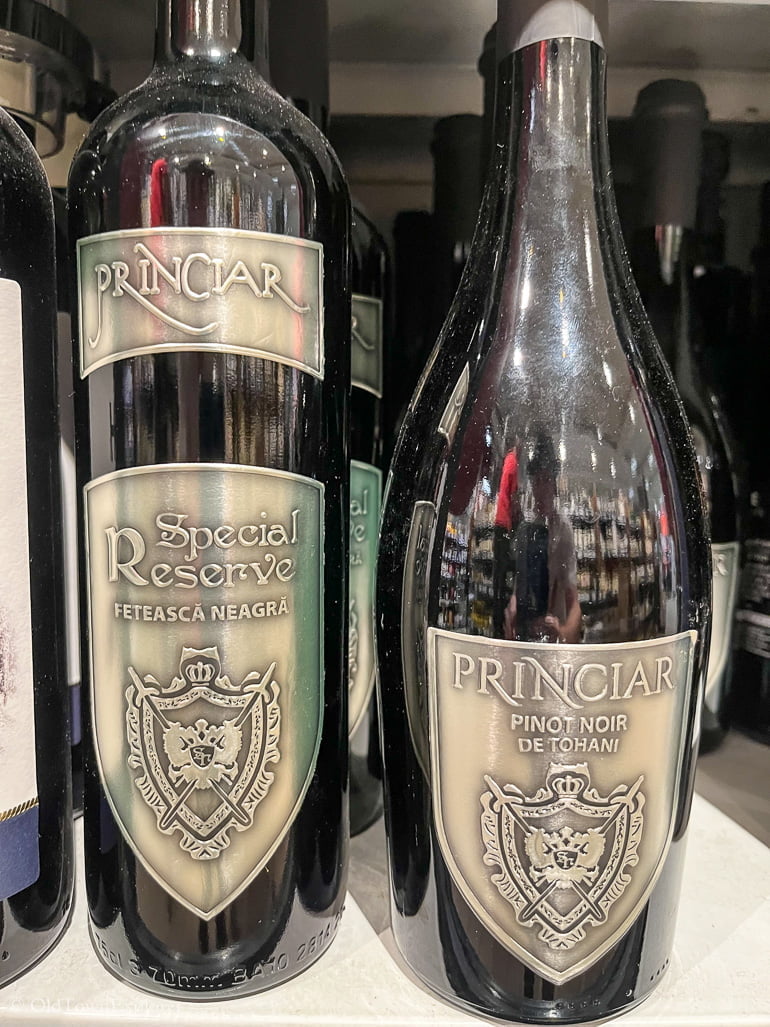
Pinot Noir
White Grapes

Fetească Albă
Fetească Albă is a white grape variety commonly used to produce high-quality dry white wines. It is characterized by strong acidity, a pleasant structure, and exceptional minerality, with distinct white flowers, citrus, and hay notes.

Fetească Regală
Feteasca Regală is a recently discovered white grape variety in Romania. It is grown in every vineyard in the country and is typically used to produce dry, youthful, aromatic white wines with strong scents of green and citrus apples. The high acidity of this local variety makes it ideal for crafting distinctive sparkling wines and beverages.
Crâmpoşia
Crâmpoșia is an old white grape variety that was grown before the phylloxera epidemic and is now emblematic of the Drăgășani region. It can be used to make either a varietal wine or a blend. The grape is distinguished by its acidity, freshness, and minerality. It is best enjoyed when young and has delightful aromas of pears, citrus fruits, and yellow cherries.
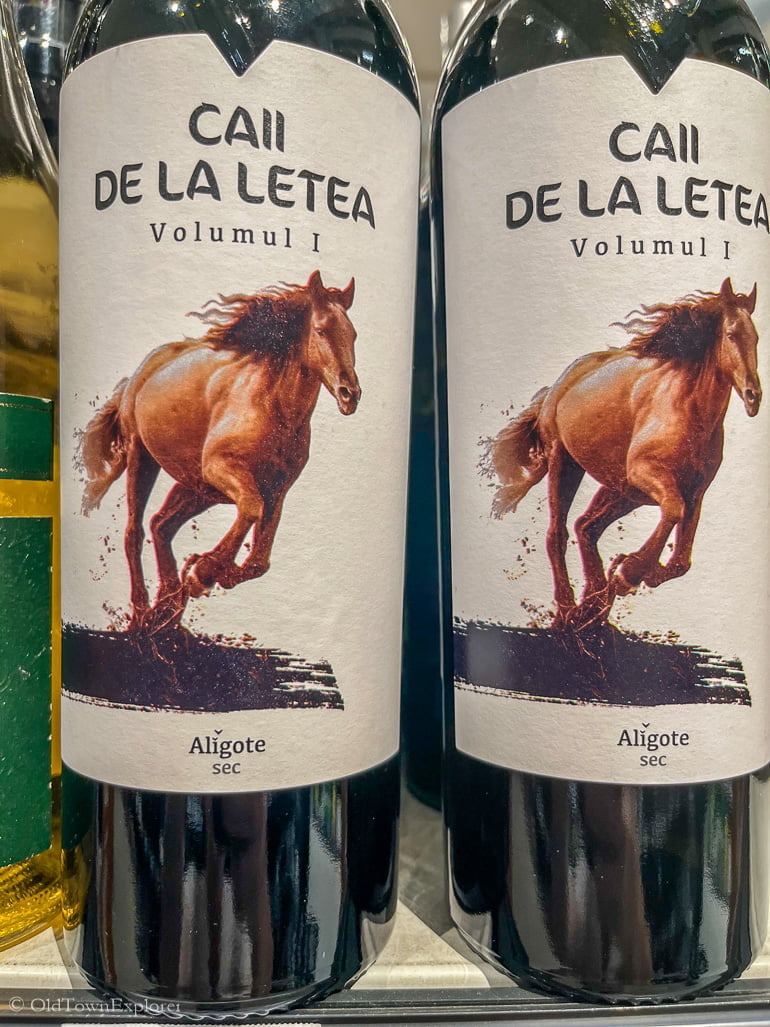
Aligoté
Aligoté is a lesser-known white grape variety that has recently started gaining recognition in Romania. It produces wines with a crisp and refreshing character, often displaying notes of green apple, lemon zest, and a hint of minerality. Aligoté wines are known for their vibrant acidity, making them perfect for pairing with seafood or light dishes. While not as widely cultivated as other grape varieties, Aligoté offers a unique taste experience that is worth exploring for wine enthusiasts seeking something different.
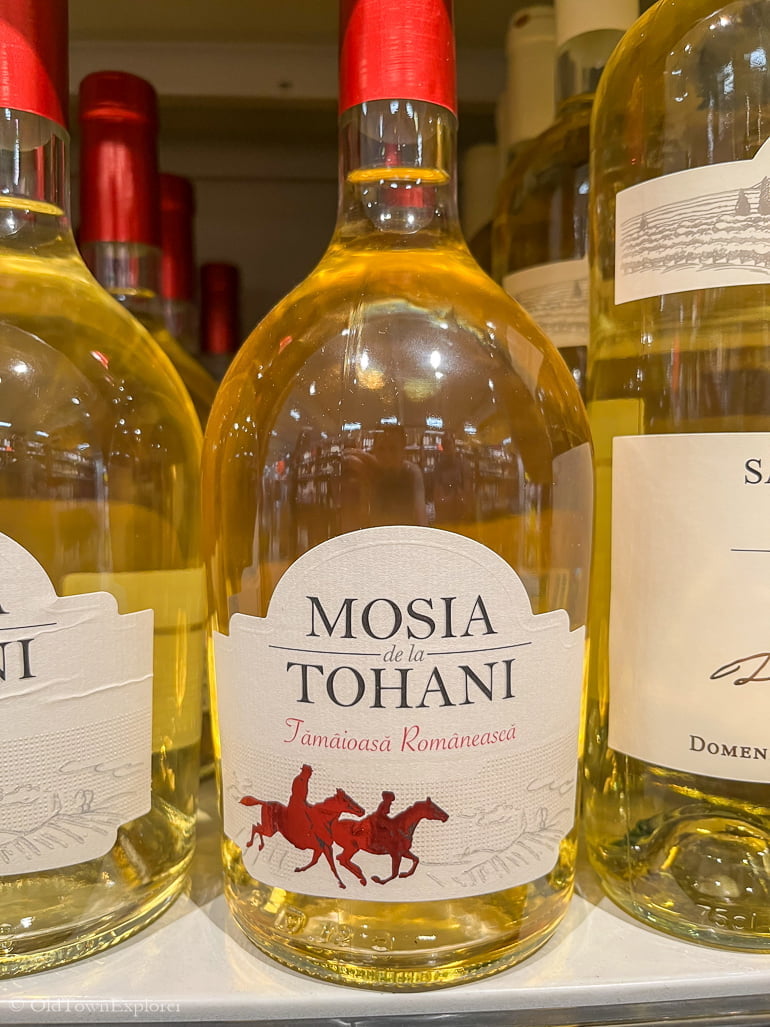
Tămâioasă Românească
Tămâioasa Românească is a variety of grape that is famous for its association with the warm hospitality of Romania. It is a type of Muscat grape adopted in the Romanian wine-making region with great success. This aromatic grape is known for its unique fragrance of acacia flowers, honeycomb, and subtle basil undertones. Tămâioasa Românească is used to make a variety of white dessert wines that have exceptional aging potential.

Muscat Ottonel
Muscat Ottonel, also known as simply Muscat in some regions, is a highly aromatic white grape variety that thrives in the Romanian climate. This grape is celebrated for its intoxicating floral aromas of orange blossom, jasmine, and ripe apricots. Muscat Ottonel produces wines that are characteristically light-bodied with a touch of sweetness and vibrant acidity. These qualities make it an excellent choice for producing both still and sparkling wines that are perfect for enjoying on warm summer days or pairing with spicy dishes.
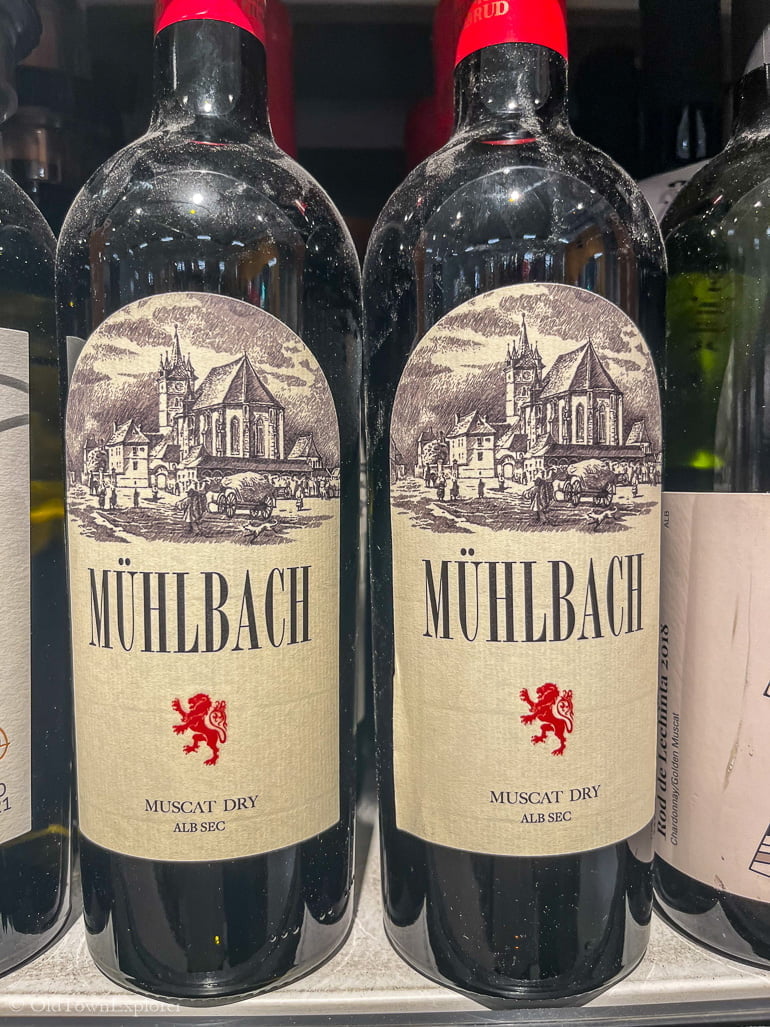
Muscat
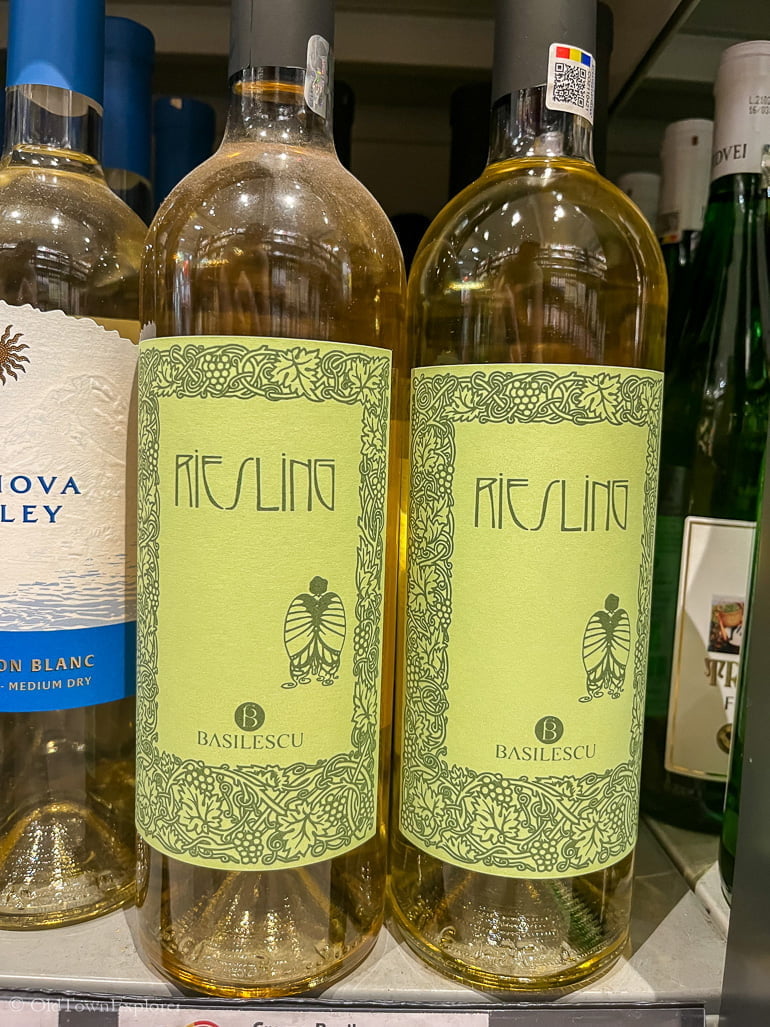
Riesling
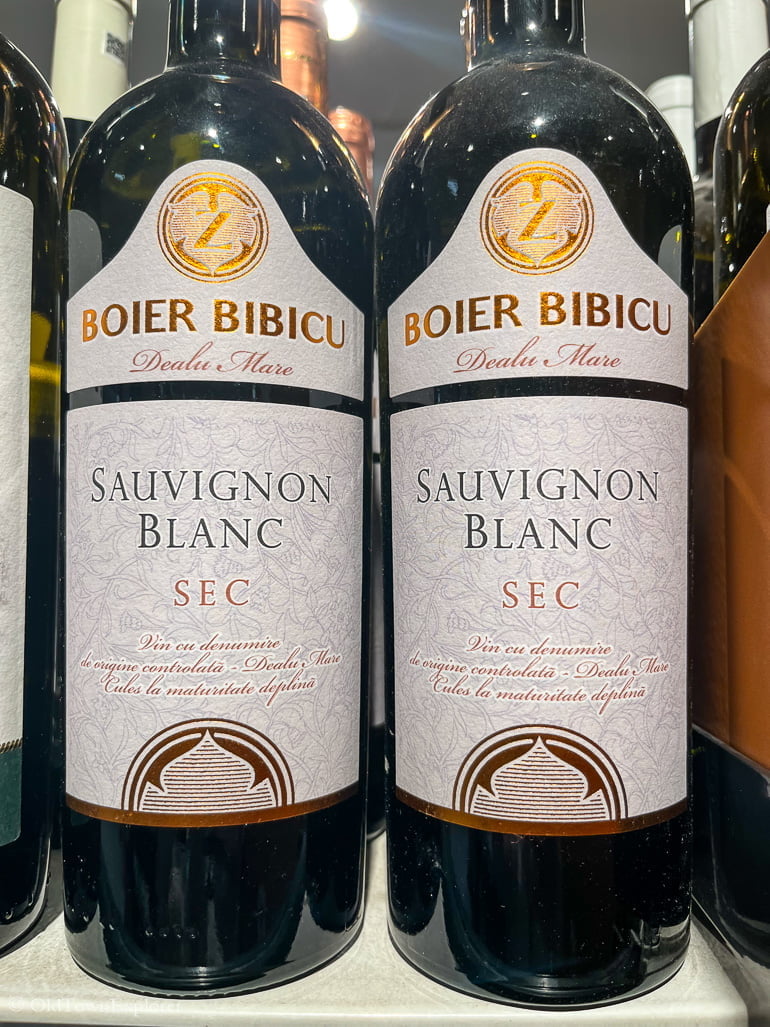
Sauvignon Blanc
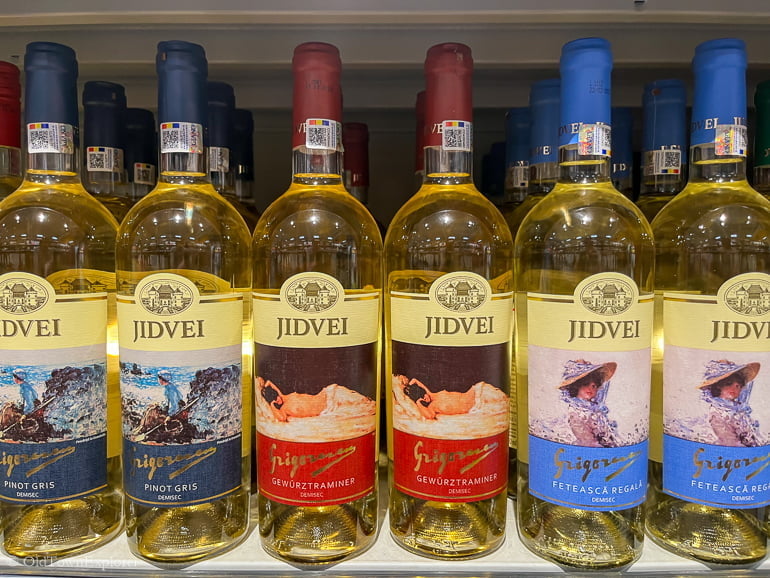
Pinot Gris
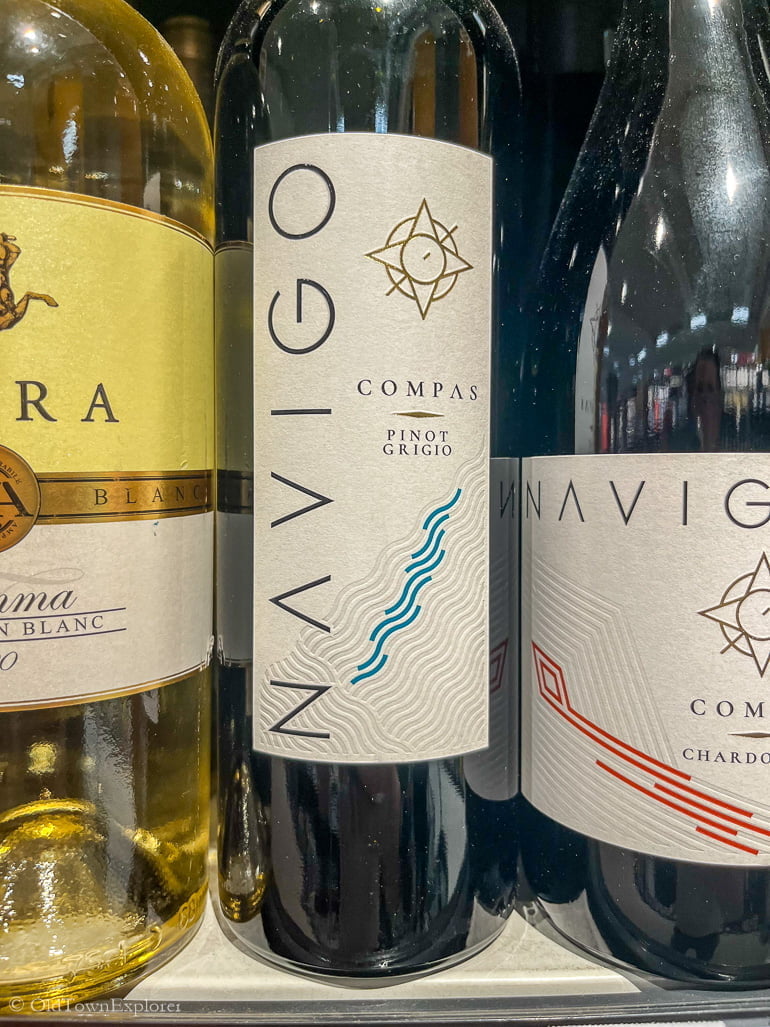
Pinot Grigio
Chardonnay

Gewurztraminer
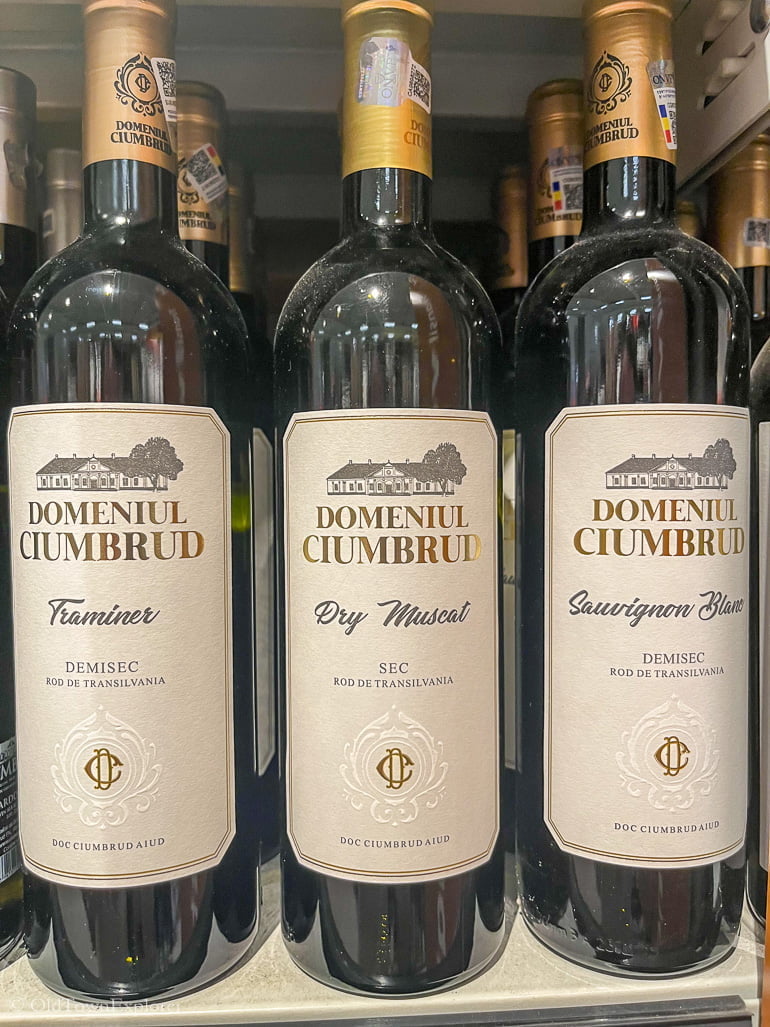
Traminer
Grasă de Cotnari
Grasă de Cotnari is a unique grape variety that originates from the Cotnari wine region in Romania. This indigenous grape thrives in the fertile soils of the region, producing wines with exceptional sweetness and complexity. Grasă de Cotnari wines are known for their luscious honeyed flavors, balanced by a vibrant acidity that keeps them refreshing and enjoyable. These wines are often aged in oak barrels, adding layers of complexity and depth to their flavor profile.
Galbenă de Odobești
Galbenă de Odobești is a lesser-known grape variety from Romania that deserves recognition for its unique qualities. This white grape variety thrives in the Odobești region, where it benefits from the warm climate and fertile soils. Galbenă de Odobești wines are characterized by their vibrant acidity and delicate flavors of citrus fruits, white flowers, and hints of minerality. These wines are often enjoyed as a refreshing aperitif or paired with light seafood dishes, showcasing their crispness and elegance. While Galbenă de Odobești may not be as famous as other Romanian grape varieties, it certainly holds its own in terms of taste and quality.
Wineries in Romania
Transylvanian Plateau Region
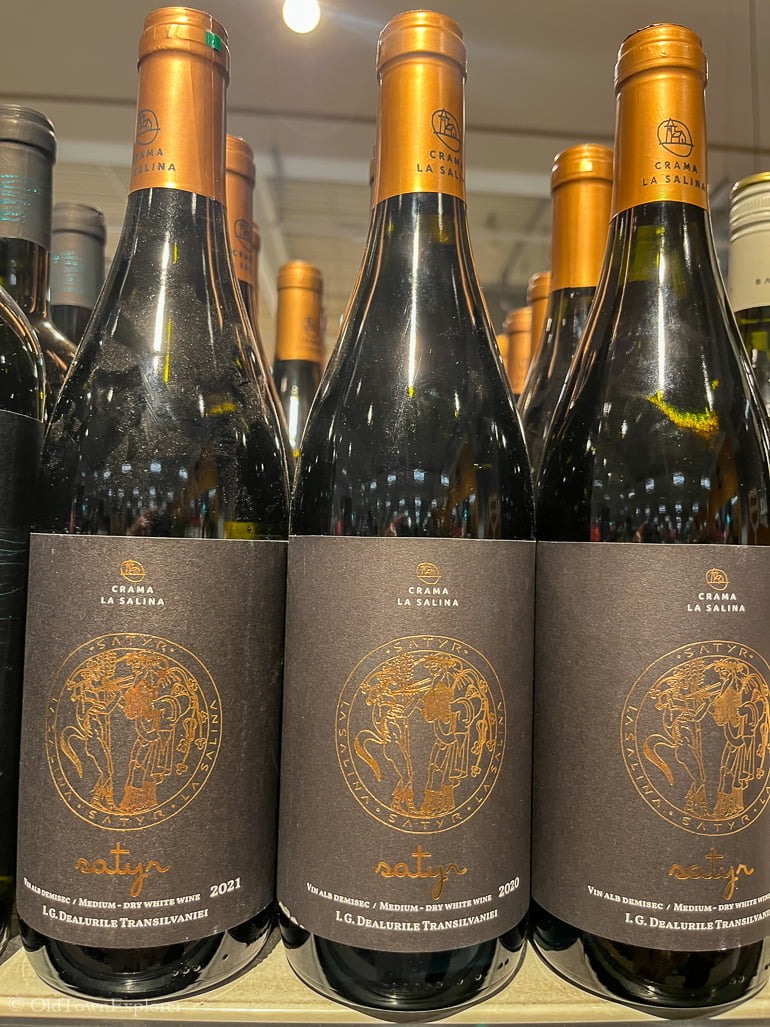
Crama La Salina
Crama La Salina (La Salina Winery)
Address: Str. Clujului 88, Turda, Romania
Crama Jelna
Crama Jelna (Jelna Winery)
Address: 4H5P+W8, Jelna, Satu Nou 427042
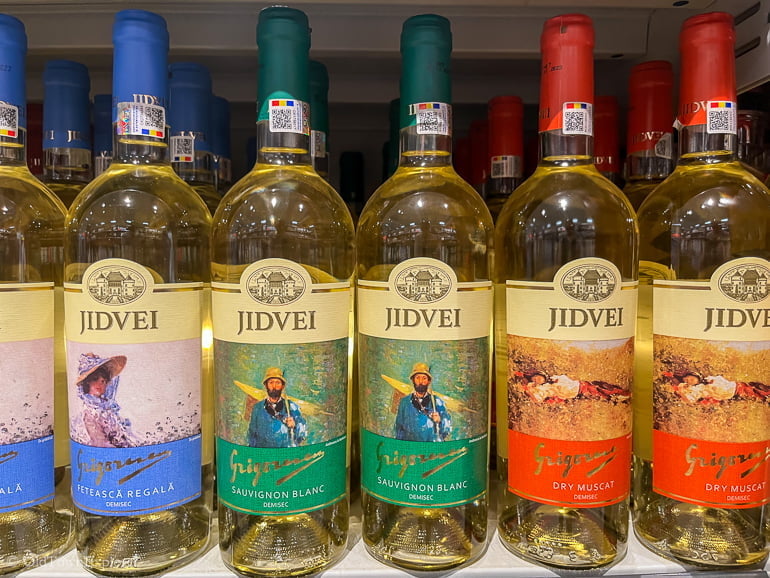
Crama Jidvei
Address: DJ107, Jidvei 517389, Romania
Crama Teaca
Crama Teaca (Teaca Winery)
Address: Teaca 427345
Casa de Vinuri Zaig
Casa de Vinuri Zaig (Zaig Wine House)
Address: DN15A, Teaca 427345
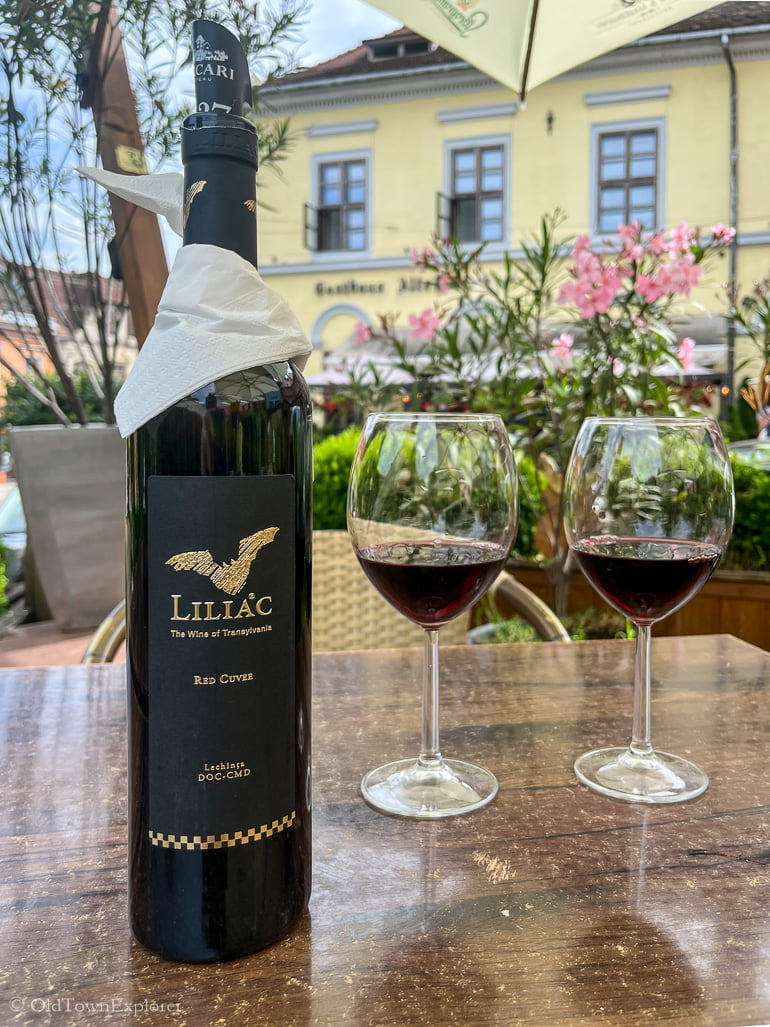
Crama Liliac
Crama Liliac (Liliac Winery)
Address: Strada Principala 41, Batoş 547085, Romania
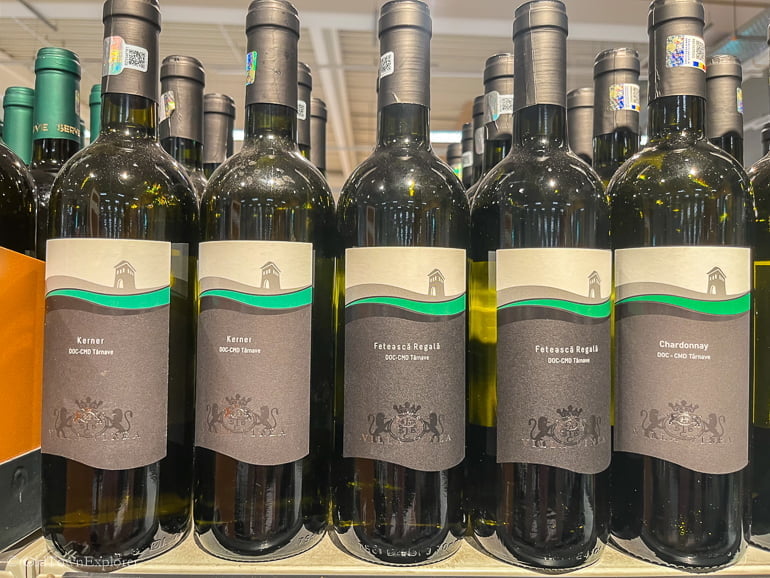
Crama Villa Vinea
Crama Villa Vinea (Villa Vinea Winery)
Address: 547400, Romania
Domenile Boieru
Domenile Boieru (Boieru Domains)
Moldovan Hills Region

Beciul Domnesc
Beciul Domnesc operates over 1,400 hectares in the famous vineyards: Cotești, Odobești, Panciu and Huși.
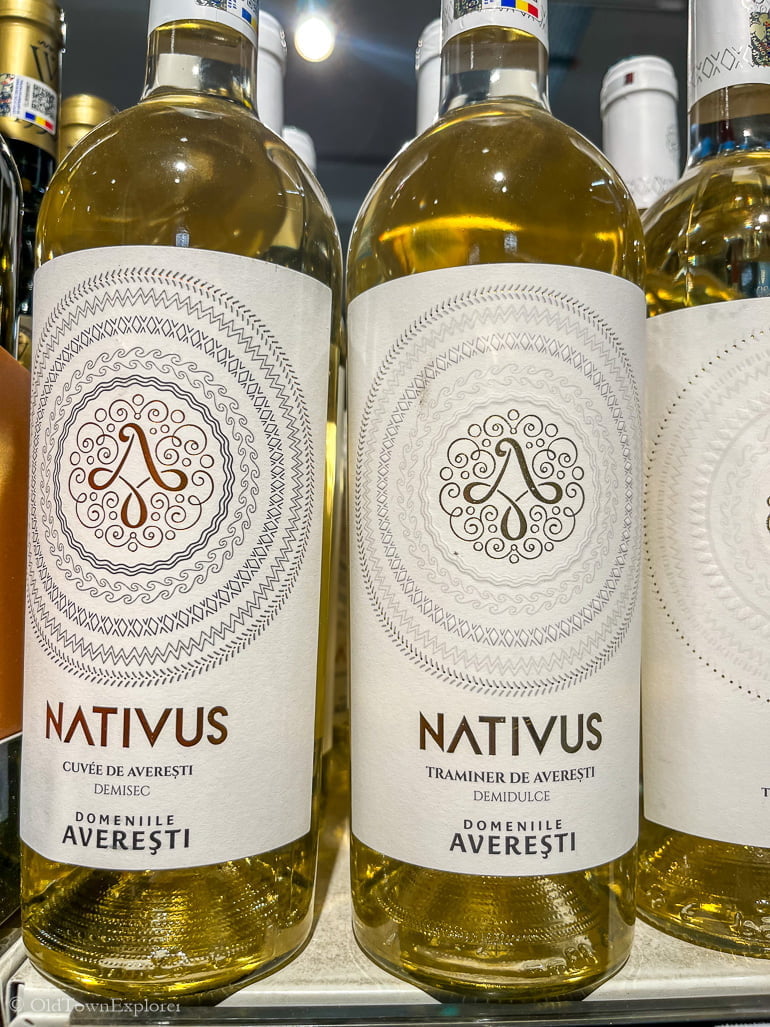
Crama Averesti
Crama Averesti (Averesti Winery)
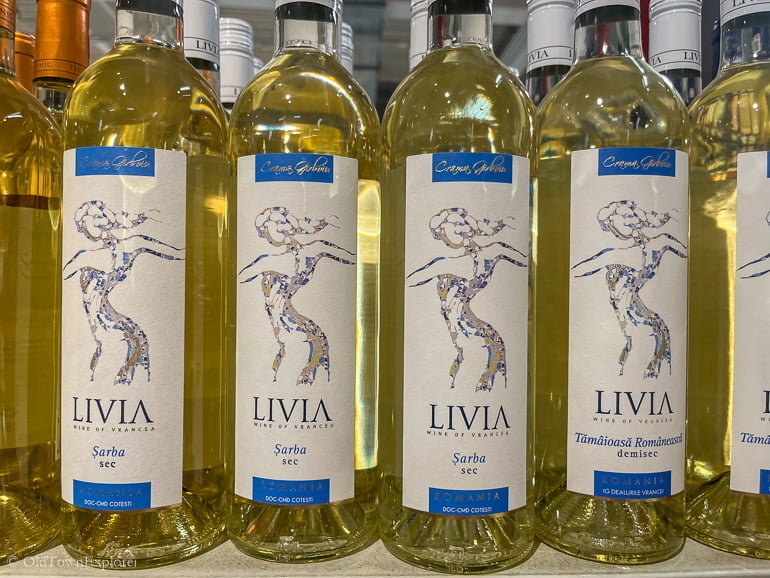
Crama Girboiu

Crama Cotnari
Crama Cotnari (Cotnari Winery)
Casa de Vinuri Cotnari
Casa de Vinuri Cotnari (Cotnari Wine House)
Crama Hermesiu
Crama Hermesiu (Hermesiu Winery)
Crama Bucium
Crama Bucium (Bucium Winery)
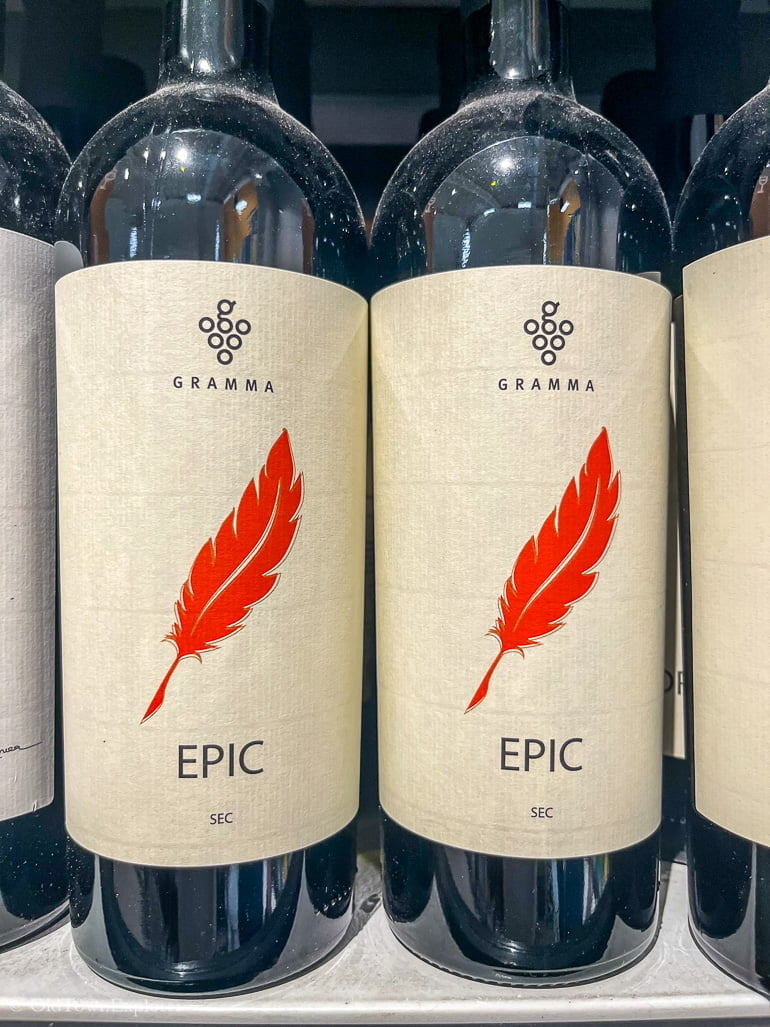
Crama Gramma
Crama Gramma (Gramma Winery)
Domeniul Viticol Tibu
Domeniul Viticol Tibu (Tibu Vineyard)
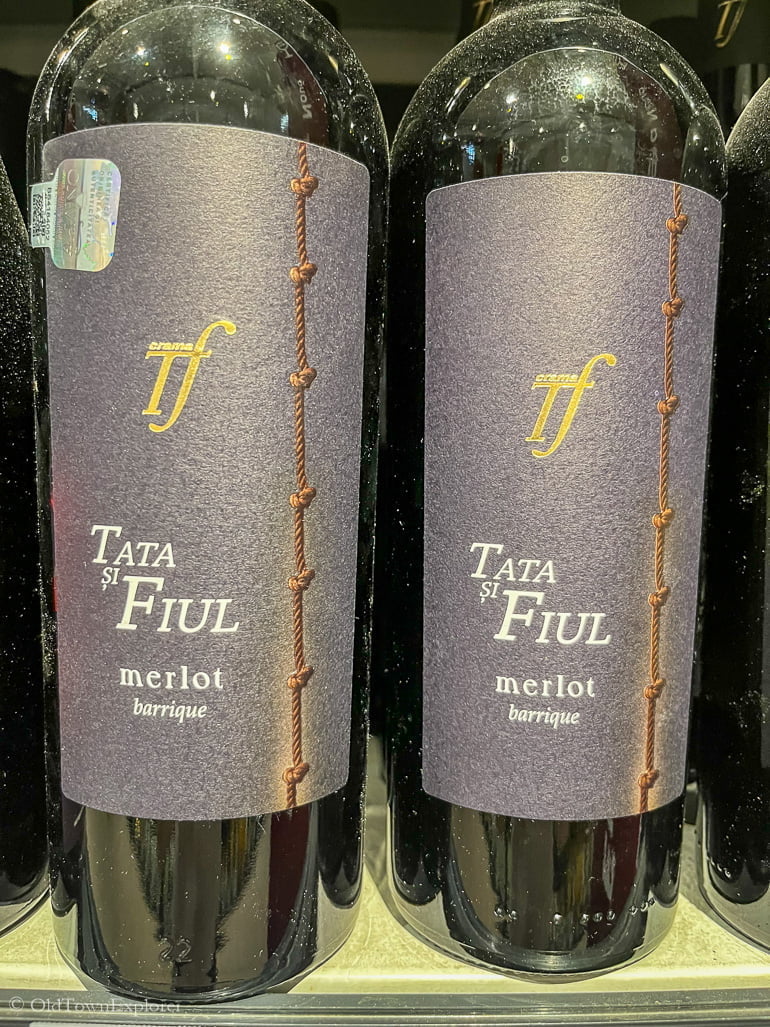
Crama Tata si Fiul
Crama Tata si Fiul (Father and Son Winery)
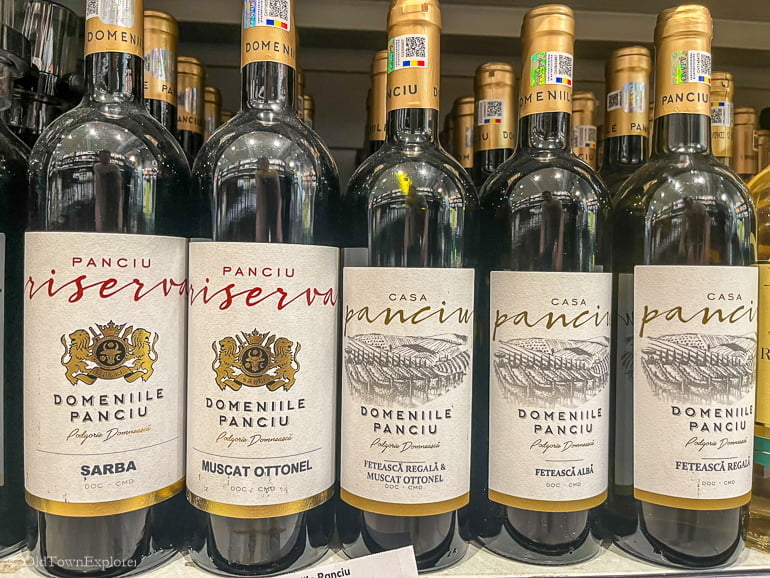
Domeniile Panciu
Domeniile Panciu (Panciu Domains)
Casa de Vinuri Vingex
Casa de Vinuri Vingex (Vingex Wine House)
Crama Ochean
Crama Ochean (Ocean Winery)
Crama Girboiu
Crama Girboiu (Girboiu Winery)
Munteniei & Olteniei Hills Regions
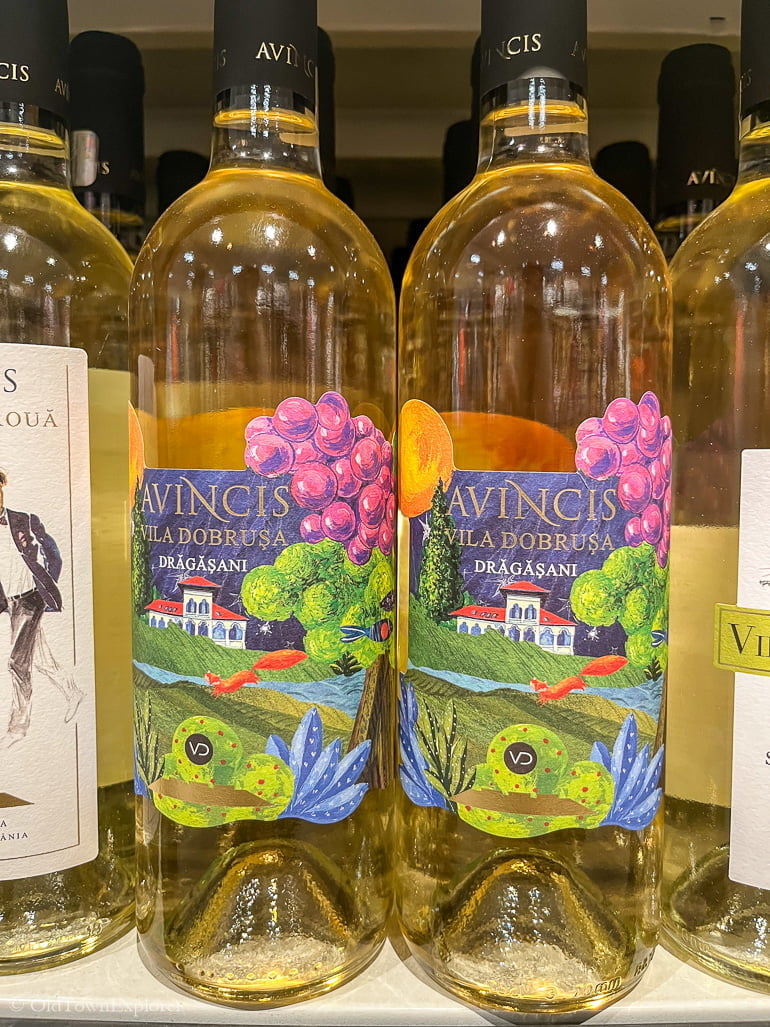
Crama Avincis
Crama Avincis (Avincis Winery)
Address: Strada Valea Caselor 1A, Drăgășani 245700, Romania
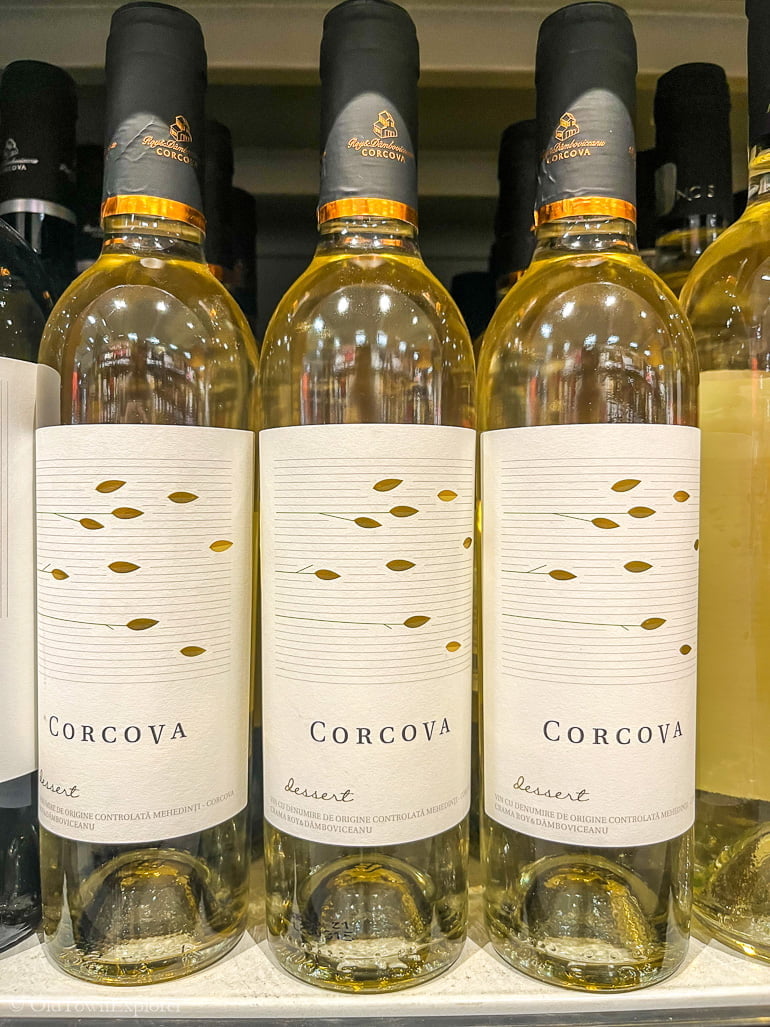
Corcova Winery (Roy & Dâmboviceanu)
Corcova Winery (Roy & Dâmboviceanu)
Address: Corcova, 227125, Jud Mehedinți, Romania
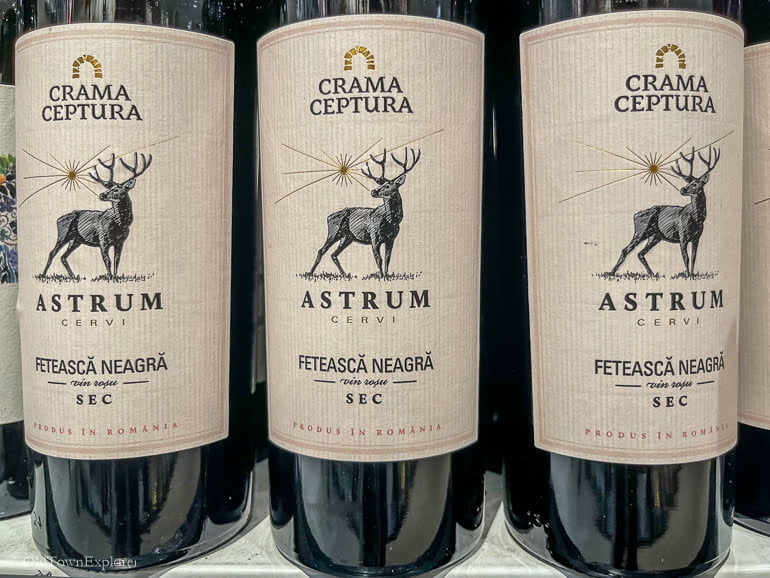
Crama Ceptura
Domeniul Catleya
Domeniul Catleya (Catleya Domain)
Address: Strada Principala, Corcova 227125
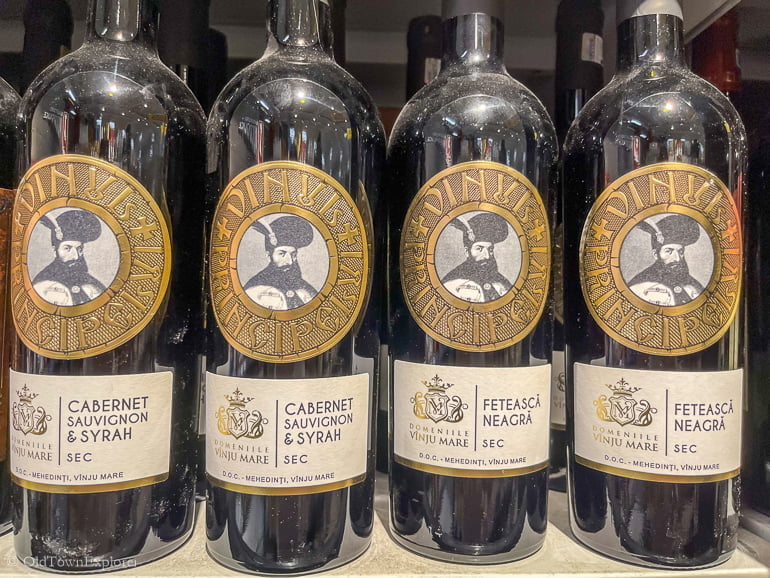
Vie Vin Vanju Mare
Vie Vin Vanju Mare (Vie Vin Vanju Mare)
Address: Piata Agroalimentara, Vânju Mare

Domeniile Alexandrion Rhein 1892 – Winery Dealu Mare
Domeniile Alexandrion Rhein 1892 – Winery Dealu Mare
Address: Gura Vadului, Romania
Crama Oprisor
Crama Oprisor (Oprisor Winery)
Address: Oprișor 227335
Vinul lui Dinescu
Dinescu’s Wine (Vinul lui Dinescu)
Crama Vinc
Crama Vinc (Vinc Winery)
Casa de Vinuri Negrini
Casa de Vinuri Negrini (Negrini Wine House)
Casa de Vinuri Fordache
Casa de Vinuri Fordache (Fordache Wine House)
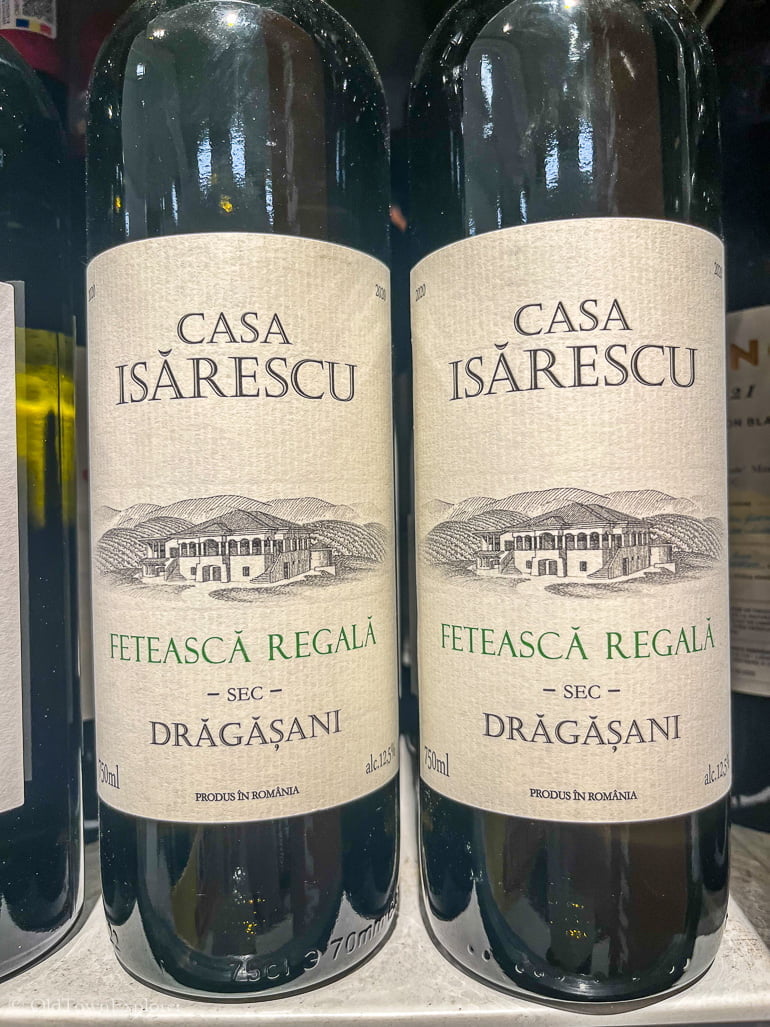
Casa de Isărescu
Casa de Isărescu (Isărescu Wine House)
Crama Bauer
Crama Bauer (Bauer Winery)
Domeniul Drăgaşi
Domeniul Drăgaşi (Domaine Drăgaşi)
Crama Stirbey
Crama Stirbey (Ştirbey Winery)

Crama Vinarte – Bolovanu
Vinarte – Bolovanu (Vinarte – Bolovanu Winery)
Ștefăneşti Wine House
Ștefăneşti Wine House
Domeniile Anastasia
Domeniile Anastasia (Anastasia Domains)
Conacul Domnitei Ralu
Conacul Domnitei Ralu (Mansion of Miss Ralu)
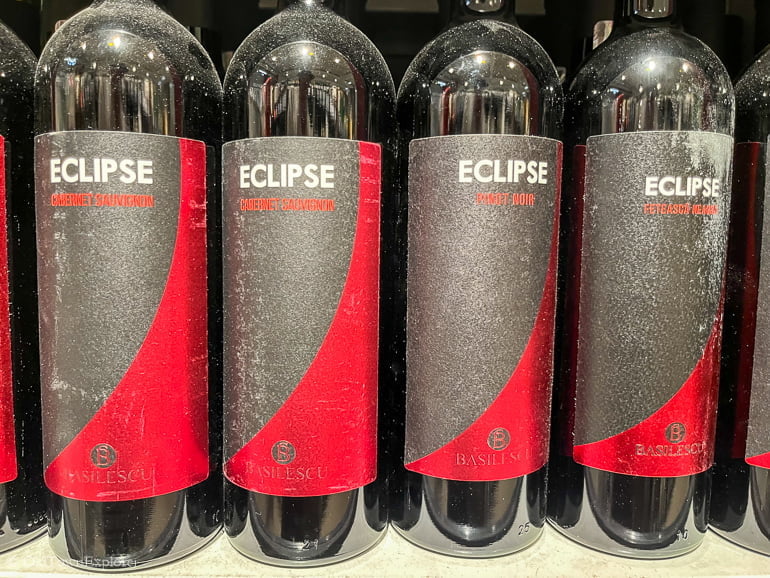
Crama Basilescu
Crama Basilescu (Basilescu Winery)
Cramele Halewood Urlati – Azuga
Cramele Halewood Urlati – Azuga (Halewood Wineries)
Domeniul Coroanei Segarcea
Domeniul Coroanei Segarcea (Crown Estate Segarcea)
1000 de Chipuri
1000 de Chipuri (1000 Faces)

Crama SERVE Ceptura
Crama SERVE Ceptura (SERVE Ceptura Winery)
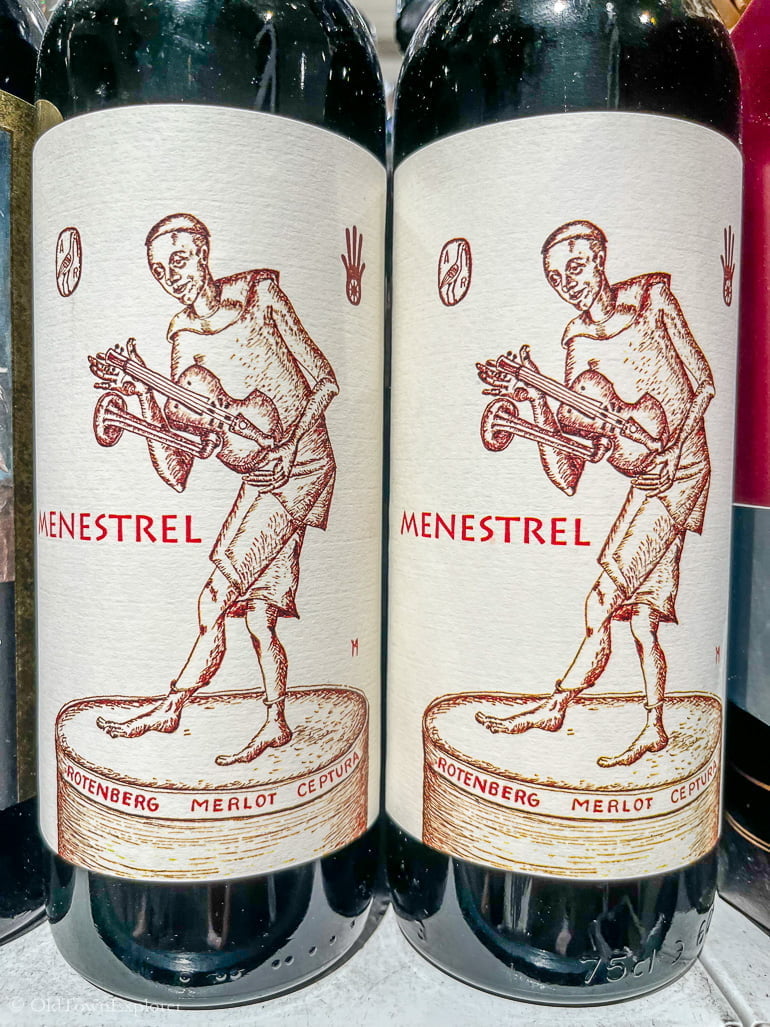
Crama Rotenberg
Crama Rotenberg (Rotenberg Winery)
Crama Vinalia
Crama Vinalia (Vinalia Winery)
Crama Dagon
Crama Dagon (Dagon Winery)
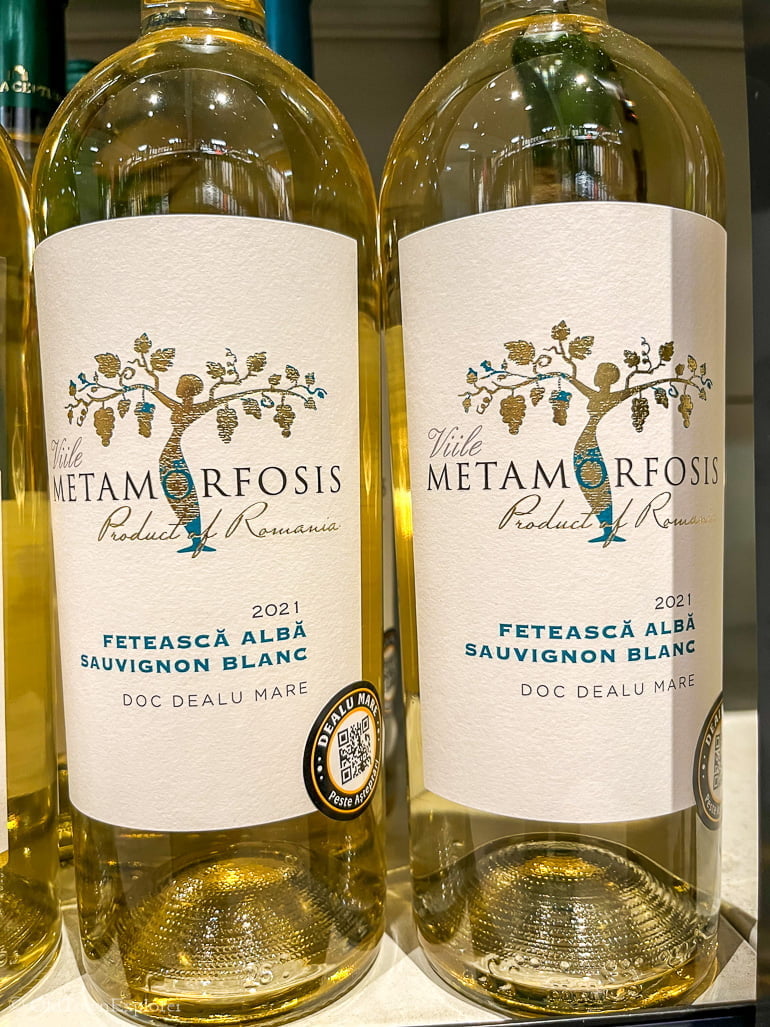
Crama Viile Metamorfosis
Crama Viile Metamorfosis (Viile Metamorfosis Winery)
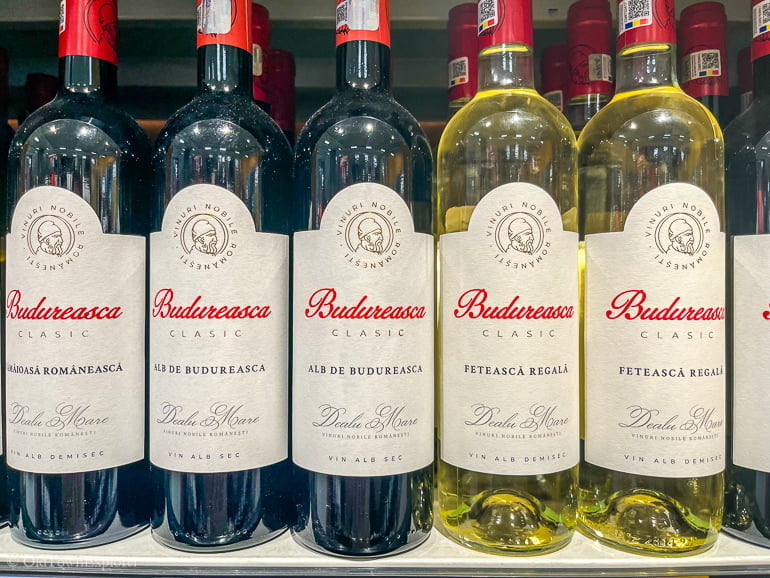
Crama Budureasca
Crama Budureasca (Budureasca Winery)
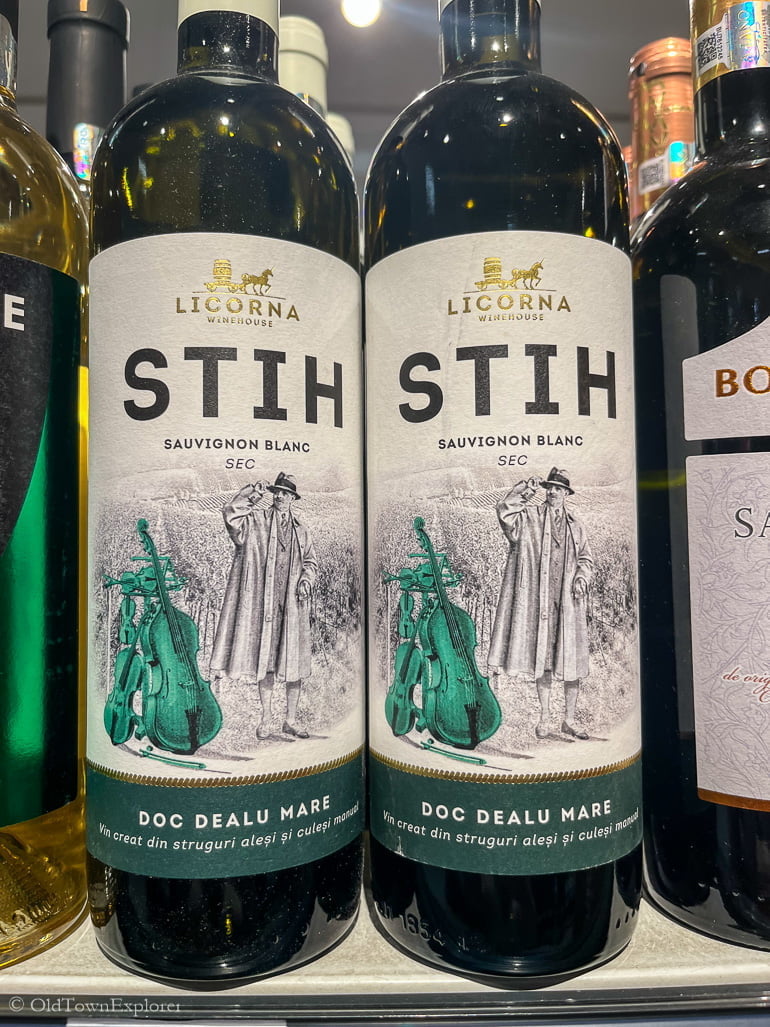
Licorna Winehouse
Licorna Winehouse
The Licorna Winehouse cellars were reopened in 2013, but the history of the place goes back over 100 years. It all started when Nicolae Nicolau had a dream in which 16th century Romanian ruler, Constantin Brancoveanu, ordered him to make a wine as black as the rooster in his backyard. Nicolae and his wife Elena decided to build a cellar in the same spot. The black wine requested by the prince is still made in the area, and the magical cellars are now known as Licorna Winehouse.
Crama Lacerta
Crama Lacerta (Lacerta Winery)
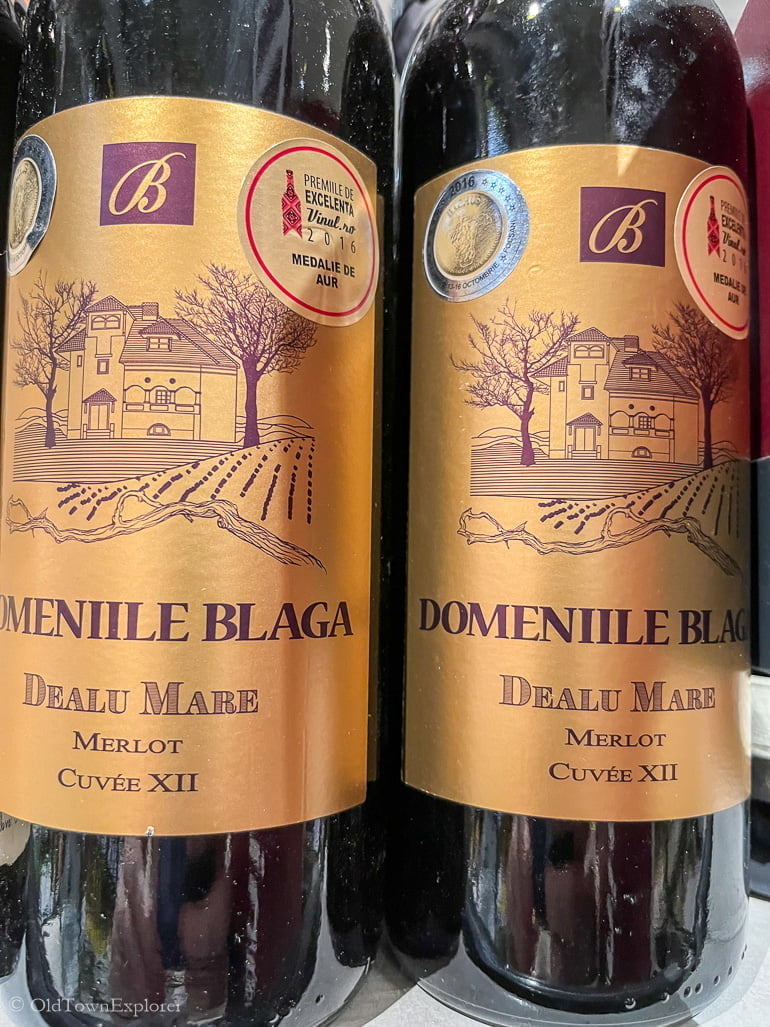
Domeniile Blaga
Domeniile Blaga (Blaga Domains)
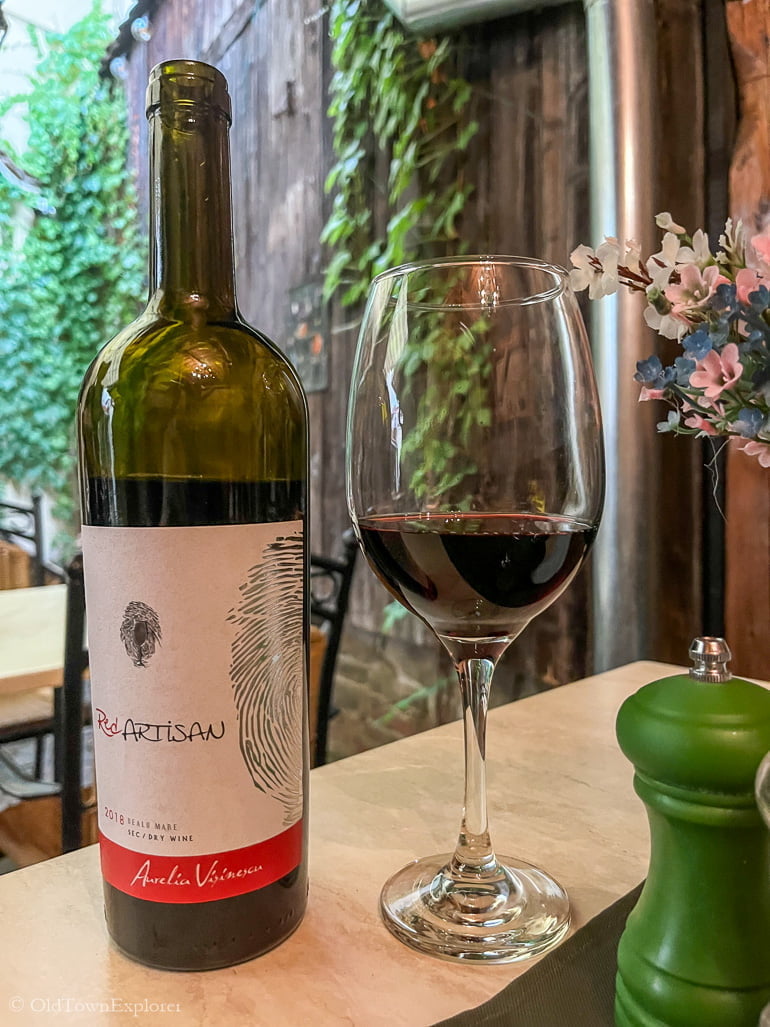
Crama Aurelia Vişinescu
Crama Aurelia Vişinescu (Aurelia Vişinescu Winery)
Domeniile Samburesti
Domeniile Franco-Romanian
Domeniile Franco-Romanian (Franco-Romanian Domains)
Crama La Butoaie
Crama La Butoaie (La Butoaie Winery)
Banat Hills Region
Cramele Recas
Cramele Recas (Recaş Wineries)
Address: Wineshop and Tours, Complex de Vinificatie CP1 Office, Recaș 307340
Crama Petro Vaselo
Petro Vaselo Winery (Crama Petro Vaselo)
Crama Aramic
Crama Aramic (Aramic Winery)
Address: Sat Silagiu, oraș, Buziaș 305102
Crama Dealul Dorului
Crama Dealul Dorului (Dealul Dorului Winery)
Address: Silagiu
Crama Thesaurus
Crama Thesaurus (Thesaurus Winery)
Address: Strada Semenicului, Buziaș 305100
Crișana Hills and the Maramureș Regions
Crama Nachbil
Nachbil Winery (Crama Nachbil)
Address: Beltiug 447040
Crama Familia Hetei
The Hetei Family Winery (Crama Familia Hetei)
Address: DN19A, Beltiug 447040
Crama Fort Silvan
Crama Fort Silvan (Fort Silvan Winery)
Crama Carasetelec
Crama Carasetelec (Carastelec Winery)
Podgoria Silvanlei
Podgoria Silvanlei (Silvanlei Vineyard)
Address: Adresa: Nr. 45Simleul-, Strada Partizanilor, Șimleu Silvaniei 455300
Crama Elite Wine
Crama Elite Wine (Elite Wine Cellar)
Address: DJ 709A nr 385, Mâsca 317342
Crama Daiconi
Crama Daiconi (Daiconi Winery)
Address: DJ708B 49, Miniș 317137
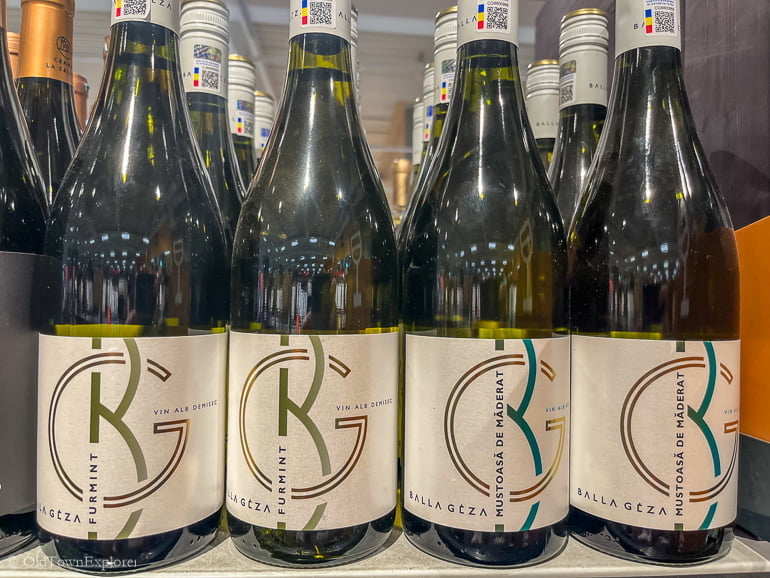
Crama Balla Geza
Crama Balla Geza (Balla Géza Winery)
Address: DJ708B, Miniș 317230
Dobruja Hills Region
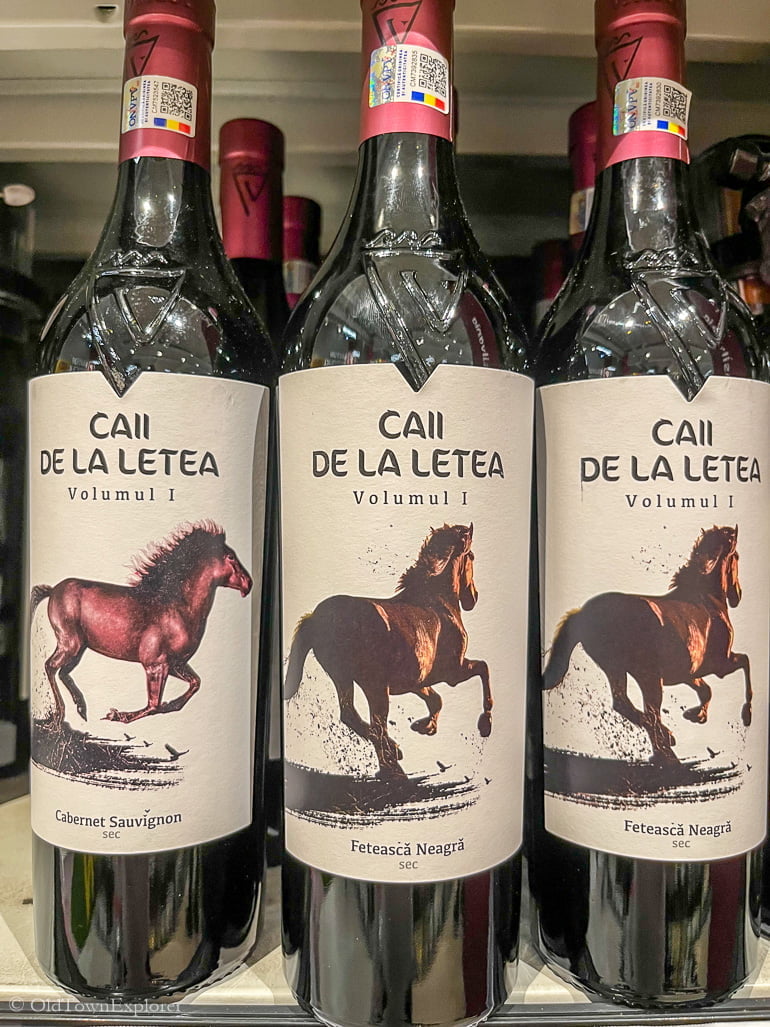
Caii de la Letea
Vinuri de Macin
Vinuri de Macin (Macin Wines)
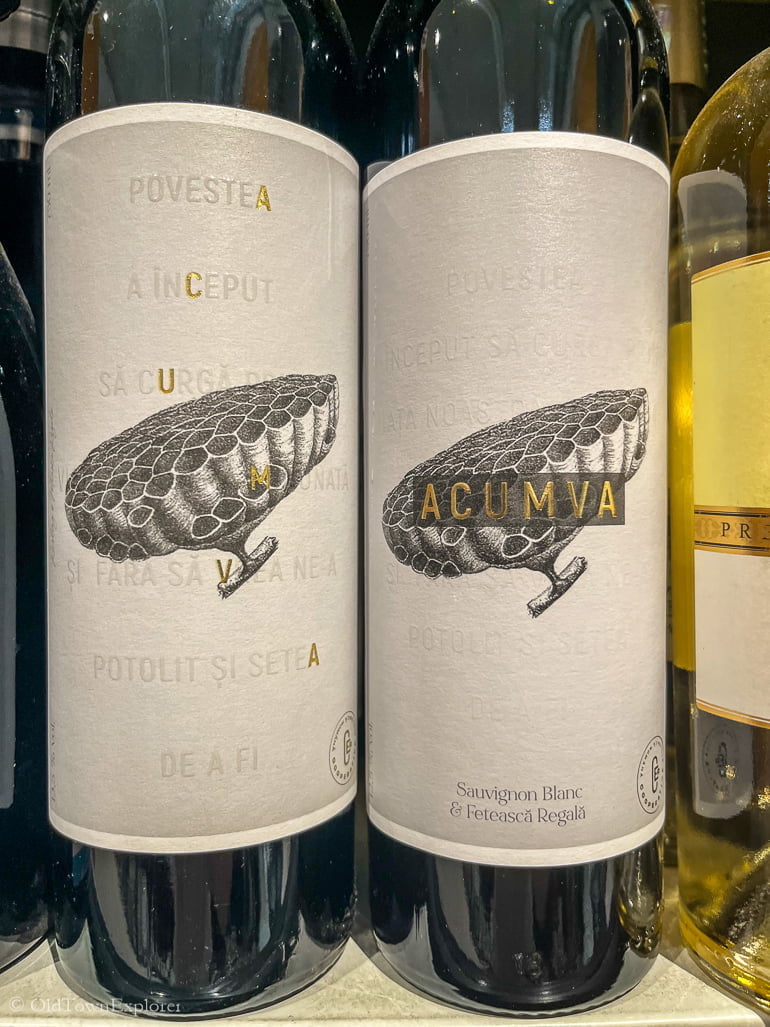
Acumva

Alira Winery
Crama Histria
Crama Histria (Histria Winery)
Crama Darie
Crama Darie (Darie Winery)
Crama Rasova
Crama Rasova (Rasova Winery)
Domeniul Vladoi
Domeniul Vladoi (Vladoi Domain)
Crama Clos des Colombes
Crama Clos des Colombes (Clos des Columbus Winery)
Danube Terraces Region

Domeniile Ostrov
Domeniile Ostrov (Ostrov Domains)
FAQs About Romania Wine
Does Romania have good wine?
Romania is actually known for its wine production and has a long history of winemaking. The country has diverse climate and soil conditions that are favorable for growing a variety of grape varietals. Some regions in Romania, such as Transylvania and Moldova, are particularly renowned for their winemaking traditions and produce high-quality wines. Romanian wines have gained recognition in international competitions and have earned a reputation for their unique flavors and characteristics. So, if you’re looking to try some new wines, Romania is definitely worth exploring!
Who makes wine in Romania?
There are many winemakers in Romania, as the country has a rich history and tradition of winemaking. Some well-known Romanian wineries include Murfatlar, Cramele Recas, Villa Vinea, and Domeniile Sahateni. These wineries produce a variety of wines, ranging from indigenous Romanian grape varieties to international varietals. Romanian wine is gaining recognition for its quality and unique flavors, so if you’re interested in trying some Romanian wine, you’ll have plenty of options to choose from!
What is the most popular wine in Romania?
One of the most popular wines in Romania is Fetească Neagră, which translates to “Black Maiden.” This indigenous grape variety produces rich, full-bodied red wines with flavors of dark fruits and spices. Fetească Neagră wines are highly regarded for their elegance and complexity. They pair well with hearty dishes such as roasted meats and stews. If you’re looking to experience the essence of Romanian wine, Fetească Neagră is a must-try!
Why is Romanian wine so good?
Romanian wine is known for its exceptional quality due to a combination of factors. Firstly, the country’s diverse climate and soil conditions create a favorable environment for grape cultivation. The Carpathian Mountains shield vineyards from extreme weather conditions, allowing grapes to ripen slowly and develop complex flavors. Additionally, Romania has a long winemaking tradition that dates back centuries, with winemakers using their expertise and techniques passed down through generations. This dedication to craftsmanship and attention to detail contribute to the exceptional quality of Romanian wines.
Is Romania a New world wine?
No, Romania is not considered a New World wine producer. The term “New World” typically refers to countries outside of Europe, such as the United States, Australia, and South Africa, which have more recently established themselves as major players in the global wine industry. Romania has a rich winemaking history that dates back thousands of years, placing it firmly in the Old World category.
Why is no one buying Romanian wine?
There could be several reasons why Romanian wine may not be as popular or widely purchased compared to wines from other regions. Some possible factors to consider include:
1. Awareness and Marketing: Romanian wine may not have as much visibility or brand recognition in the global wine market. It could be a matter of limited marketing efforts and exposure in international markets.
2. Reputation and Perception: The reputation and perception of Romanian wine may not be as well-established or highly regarded compared to wines from more renowned wine-producing countries or regions. This perception can influence consumer preferences and purchasing decisions.
3. Distribution Channels: Availability of Romanian wines in various retail stores, restaurants, or online platforms might be limited, making it more difficult for consumers to access and purchase them.
4. Competition: The wine market is highly competitive, with many countries producing high-quality wines. Romanian wines may face stiff competition from established wine regions that have long-standing reputations and market presence.
It’s important to note that these are just potential factors, and individual preferences can vary greatly when it comes to wine choices. Ultimately, promoting the unique characteristics and qualities of Romanian wines, along with strategic marketing efforts and increasing visibility in global markets, could help attract more consumers to try and appreciate them.
